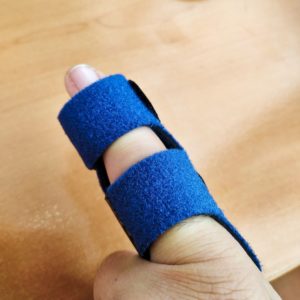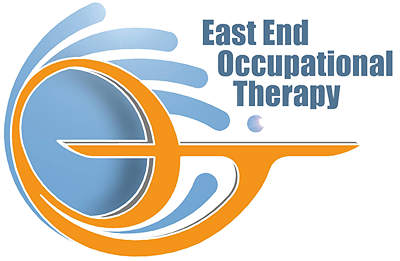What Is A PIP Dislocation?

Finger dislocation is a widespread injury among athletes and physically active. Sports like football, basketball, and volleyball are very prone to hand injuries due to the high impact on our bodies. If your finger looks crooked or your bone is sticking out to the side with swelling and pain around the area, you are most likely suffering from Proximal Interphalangeal joint (PIP) dislocation. East End Occupational Therapy is an occupational therapy near Centereach NY. We offer hand therapy, upper extremity therapy, manual therapy, etc.
Cause of Proximal Interphalangeal Joint Dislocation
Common causes of PIP are mostly direct injury to the hand from high-impact sports. Also, accidents like landing on your hand when falling, bending your fingers back too far, excessive workout in the gym or car accidents, etc. Overly using your joints can also cause PIP dislocation, such as repeating strain on the joints or overstretching.
Symptoms of Proximal Interphalangeal Joint Dislocation
Symptoms of PIP dislocation are commonly crooked bones, or the bone is sticking out to the side. Also, it should be extremely painful with bruising and deformity. Bruising and unable to bend or straighten your finger or overall a reduced range of motion will happen.
Types of PIP Joint Dislocation
- Dorsal PIP – is the most common type of finger dislocation. It mostly occurs on the middle finger, and it can lead to deformities that are obvious on the finger. This is caused by injury to the volar plate, a thick ligament that connects two bones on your finger. There are also collateral ligaments that can get torn when you bend your fingers back too far. Sometimes relocation of the joint can be unstable, and your finger becomes easily dislocated, then radiology is recommended. Relocation of the joints should be done as soon as possible, and if successful, it should reduce the deformity and pain.
- Volar Dislocation – is an injury to the collateral ligaments and palmar plate (controls the degree of hyperextension of the joints). The reduction will be difficult for this injury, and often it is unstable and irreducible. It is rare but should be treated immediately.
- Lateral PIP – is injuries to the collateral ligaments. You may see a widening of joint space and instability.
- Rotary Volar Dislocations – occur when the phalanx (a bone on the finger) rotates around the collateral ligaments and moves between the tendons.
PIP Treatment – Occupational Therapy Near Centereach NY
Treatments for PIP include reconstruction, immobilization, protected motion, open reduction, etc. Usually, you wouldn’t need surgery to treat PIP if a closed reduction can treat the injury. Surgical treatment may be needed if the reduction doesn’t provide joint stability.
Some exercises can help heal the injury.
- Finger Extension – place your hand on a flat surface, lift your affected finger and place it back down. Repeat a couple of times.
- Imaginary Ball Squeeze – hold your hands open as if you’re holding a ball and then bend all your fingers as if you’re squeezing a ball. Then straighten your fingers and repeat.
- Towel Squeeze – Place a towel on a flat surface and grab the towel with your hands without lifting the towel. Then release your fingers to release the towel. Repeat a few times.
EEOT – Occupational Therapy Near Centereach NY
If you find yourself struggling with PIP, contact us at East End Occupational Therapy, where we offer therapy services for hands, upper extremities, manual, and custom splinting. We are occupational therapy near Centereach NY. Our therapists specialize in hand, wrist, forearm, elbow, and shoulder therapy, where all treatments are catered toward individuals. We also work with your surgeon and physician to keep your treatment updated and restore you to your best self.
Schedule An Appointment
[contact-form-7 id=”af1e8e6″ title=”Contact form 1″]




